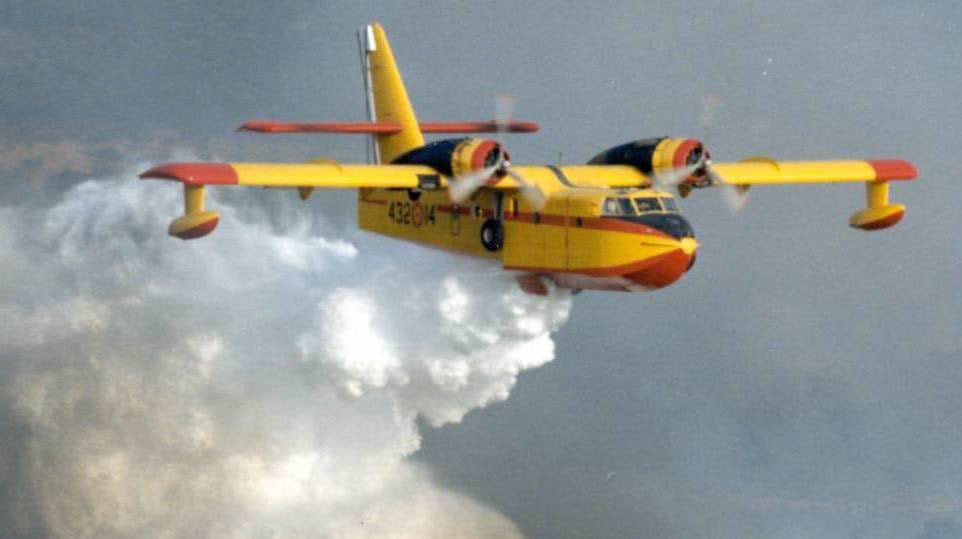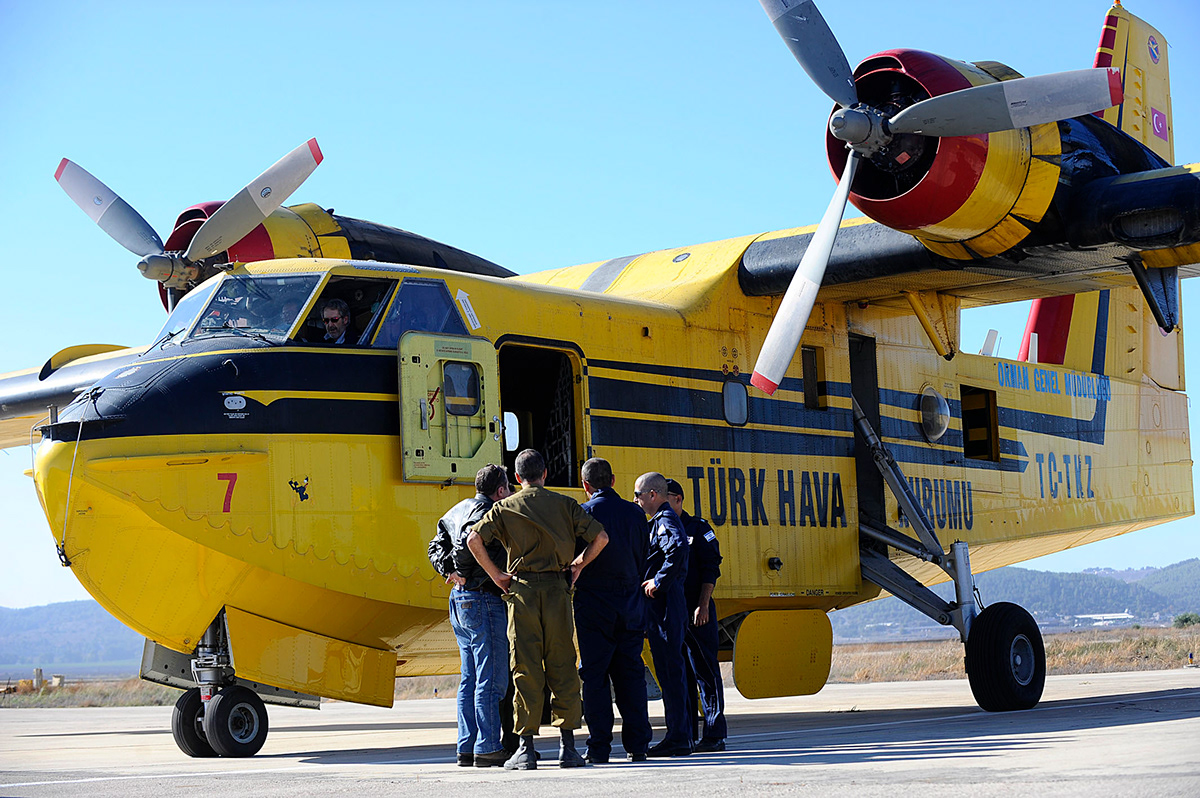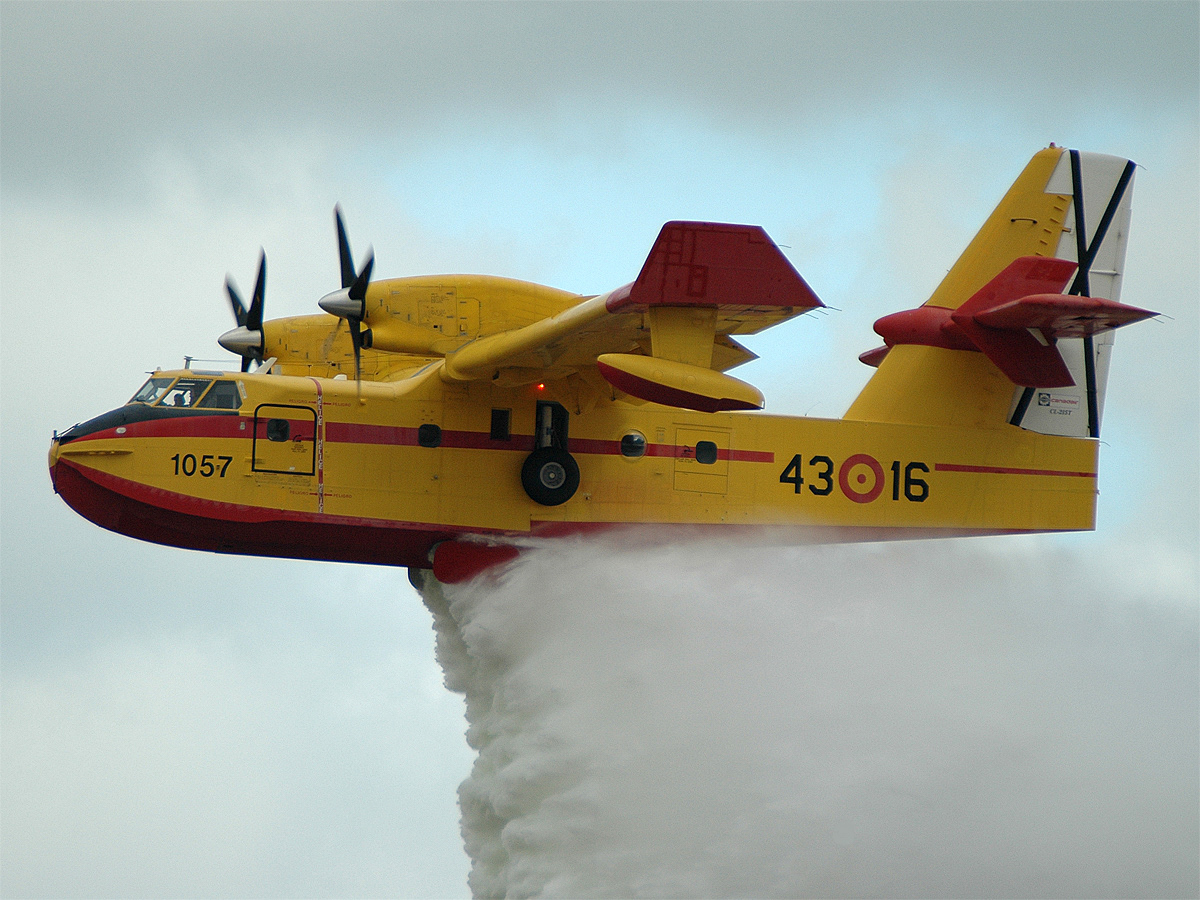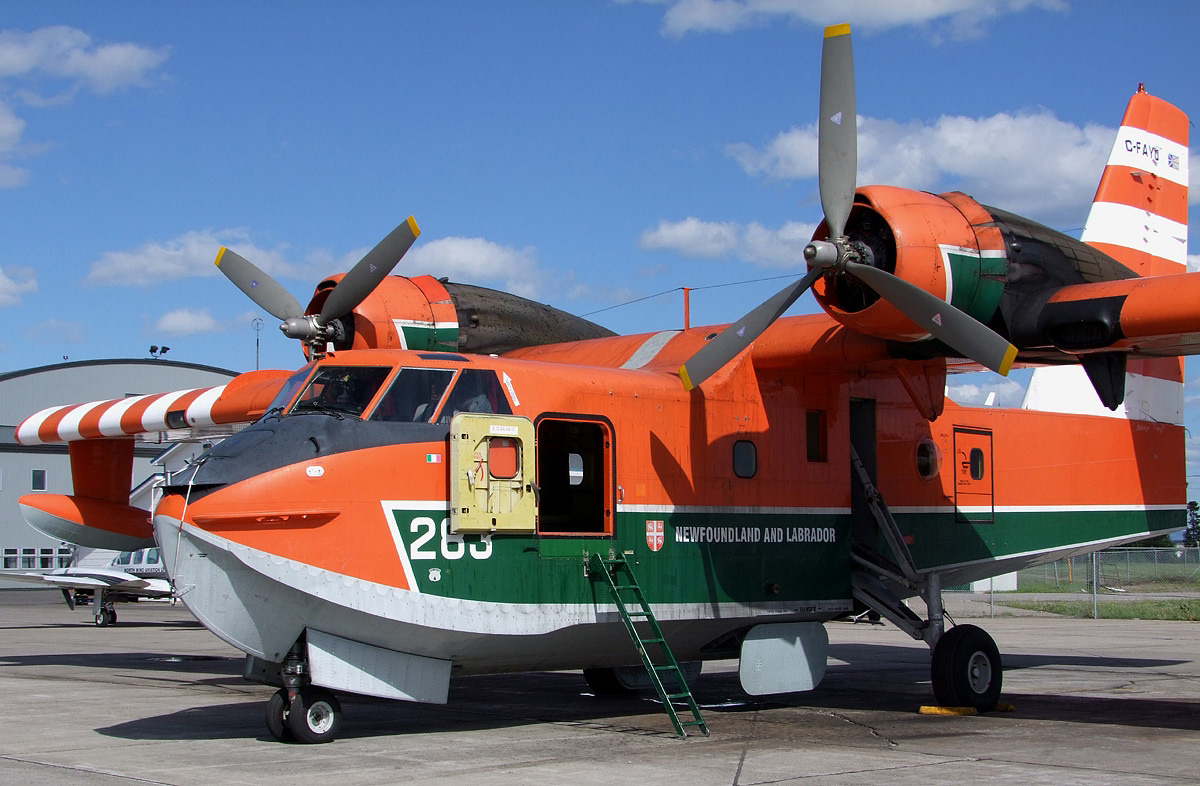From Waters to Wildfires:What does make Canadair CL-215’s to change Nature

The Canadair CL-215, a pioneering amphibious aircraft, has etched its name in aviation history for its groundbreaking role in aerial firefighting. Born out of the need for an effective tool to combat wildfires, the CL-215 has become an iconic symbol of innovation and versatility in emergency response aviation.
Origins and Development:
The story of the CL-215 begins in the late 1960s when Canadair, a Canadian aerospace company, embarked on a mission to create an aircraft specifically designed for aerial firefighting. The result was the CL-215, a twin-engine amphibious aircraft that could operate from both land bases and bodies of water. The plane was developed to primarily address the challenges posed by wildfires, especially in remote and hard-to-reach areas.
The CL-215 was designed to be a "water bomber," capable of scooping up large volumes of water from lakes, rivers, or other water sources and safely dropping it onto wildfires. Its amphibious nature meant it could access otherwise inaccessible locations, providing a strategic advantage in the battle against raging fires.

Key Features and Capabilities:
Amphibious Design: The CL-215's ability to land on conventional runways and bodies of water made it a game-changer in aerial firefighting. This unique feature allowed for rapid response times and increased operational flexibility.
Scooping System: Its ingenious scooping system was at the heart of the CL-215's firefighting capabilities. With specially designed scoops mounted beneath its fuselage, the aircraft could skim the surface of a body of water and fill its tanks in a matter of seconds. This feature significantly reduced turnaround times during firefighting missions.
Firefighting Equipment: The aircraft had a sophisticated system for dropping water or fire retardant. Its high payload capacity – up to 5,450 litres (1,440 US gallons) – effectively delivered a substantial number of extinguishing agents in a single pass.
Operational Success:
The CL-215 quickly gained recognition for its effectiveness in combating wildfires. Its ability to operate in diverse terrains, ranging from mountainous regions to dense forests, made it an invaluable asset for firefighting agencies worldwide. The aircraft's success was not limited to a specific geographic area; it became a global symbol of hope in the face of nature's destructive forces.

Evolving Legacy and Impact
CL-215T Upgrade: Building on the success of the original CL-215, Canadair introduced an upgraded version known as the CL-215T. This modernization effort included improvements in avionics, engines, and other systems, ensuring the aircraft remained relevant and effective in the ever-evolving landscape of aerial firefighting.
Global Adoption: The CL-215 and its variants found homes in firefighting fleets across Europe, North America, and beyond. Its adaptability to different climates and its reputation for reliability solidified its place as a go-to choice for nations grappling with the perennial threat of wildfires.

Conclusion:
The Canadair CL-215, with its pioneering design and firefighting capabilities, has left an indelible mark on the history of aerial firefighting. From its early days as a revolutionary concept to its continued relevance in modern firefighting fleets, the CL-215 stands as a testament to human ingenuity in the face of natural disasters. As wildfires continue to pose significant challenges globally, the legacy of the CL-215 lives on in the form of its successors, ensuring that the spirit of innovation in aerial firefighting remains solid and resilient.


